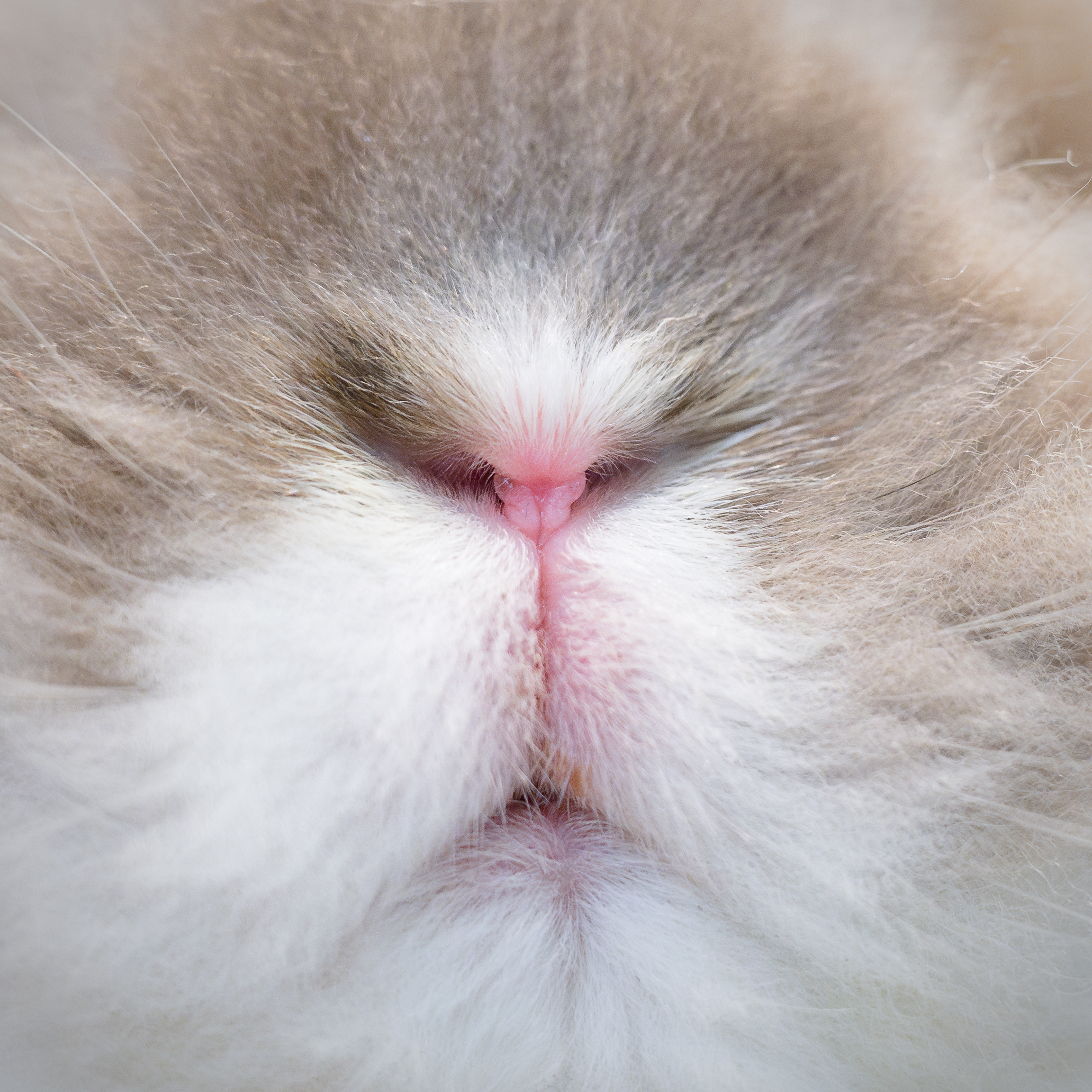Dr Barbara Deeb, DVM shared the following summary of Sex Hormones in Altered Rabbits:
Female rabbits are reflex ovulators (as are ferrets and cats but unlike most other animals), i.g. ovulation only occurs 10-13 hours after mating or stimulation of the vagina which causes the release of leutenizing hormone (LH) from the pituitary gland. If mating does not occur she cycles repeatedly through periods of receptivity, which last 12-14 days and periods of nonreceptivity, which last 1-4 days. We can assume that estrogen levels, under the influence of follicle stimulating hormone (FSH) from the pituitary, vary during these periods. Estrogen is responsible for development of female sex organs, preparation of the reproductive tract for pregnancy and mating behaviors. Excessive estrogen suppresses bone marrow production of blood cells. If mating and ovulation occurs, progesterone is produced by the ovary which maintains pregnancy for 30-32 days. Stimulation such as mounting by other rabbits, will also induce ovulation and progesterone production; pseudopregnancy lasts 17-18 days. Timing of these events is somewhat influenced by environmental temperature, day length and availability of food. Male rabbits produce testosterone under the stimulation of FSH. Testosterone is responsible for development of male sex organs, sperm production and mating behaviors.
What happens in spayed/neutered rabbits? The source of estrogen, progesterone or testosterone is removed. But we sometimes have cases like Marshall. The neutered male or spayed female rabbit continues to display mating behaviors. The tests performed by the University of Tennessee revealed that Marshall did have higher than average testosterone levels. But quite surprisingly, hormone levels in these altered rabbits were much higher than in other animals (see note ** in article Sexy Bunnies). For example estimated radiol levels in ferrets, cats, and horses are measured in pico-grams/ml (10-12) while in the rabbit they are in nanograms/ml (10-9) Where do these hormones come from? The adrenal glands can produce sex hormones. We know, for instance, that altered ferrets often produce high levels of sex hormones due to adrenal tumors. We have on two occasions found adrenal hyperplasia on post mortem exam in altered rabbits with excessive mating behaviors. So we postulate that adrenals also may take over the sex hormone production role in some rabbits. With the new normal data on altered rabbits from the University of Tennessee we can now test this and we may be able to treat such a problem. Leuprolide acetate (Lupron) is a drug used to treat prostate hyperplasia and endometriosis in humans, and more recently adrenal disease in ferrets. It acts by interfering with pituitary production of FSH and LH, thus preventing excessive production of estrogen, progesterone and testosterone. This may be an answer for those super sexy bunnies.
Dr Barbara Deeb, DVM

